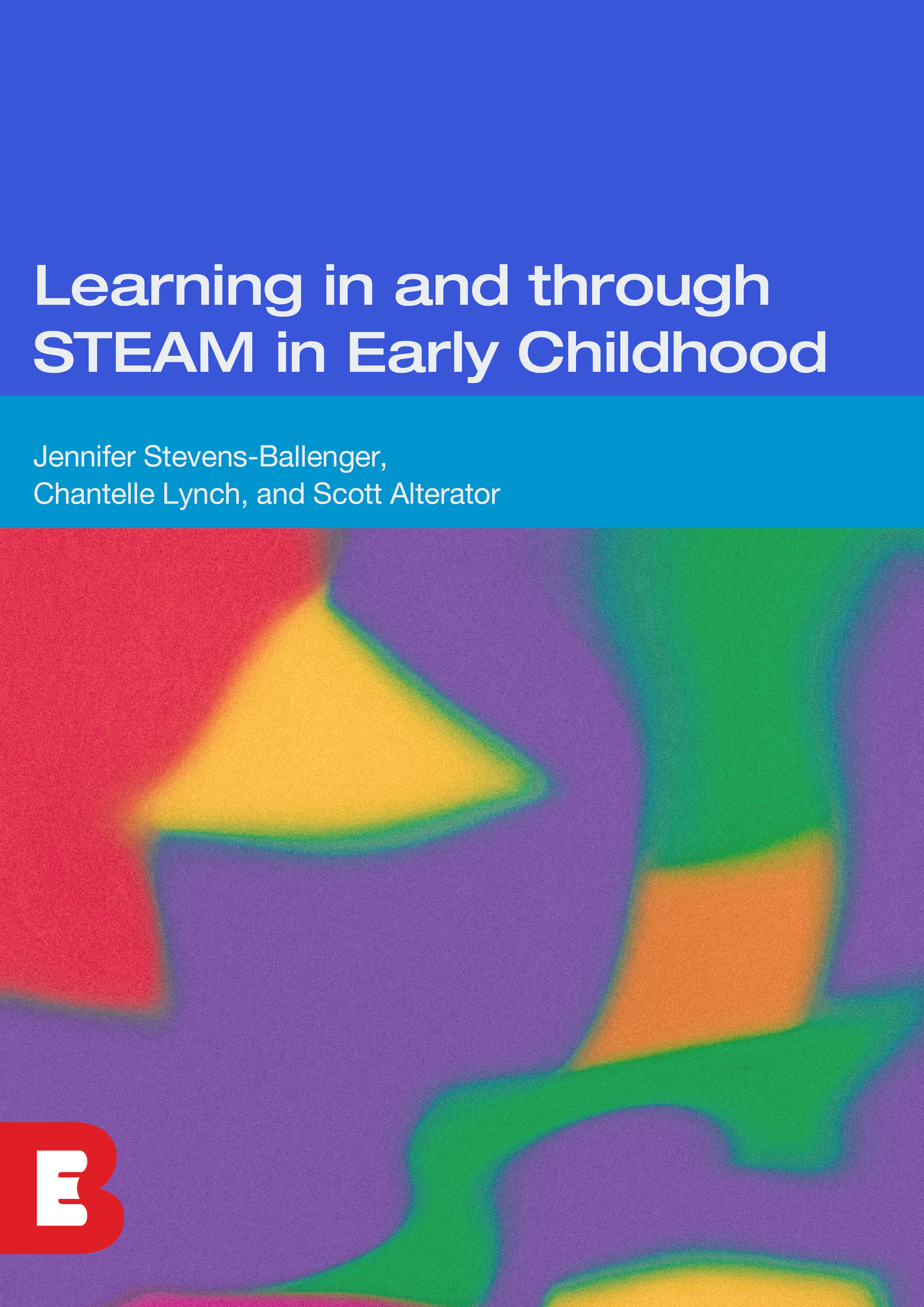This OER offers early childhood teachers a comprehensive guide to fostering learning in and through STEAM (science, technology, engineering, arts and mathematics), emphasising play-based pedagogies and Indigenous perspectives. Practical case studies illustrate how early childhood teachers design STEAM environments, adapt teaching strategies to diverse contexts and respond to children’s interests and learning needs. Each case study aligns with the Early Years Learning Framework and includes interactive H5P tasks to deepen engagement.
This resource includes the following chapters. Select each to view its abstract.
Chapter 1 abstract
Chapter 1 introduces pre-service teachers to integrated, multimodal approaches to teaching and learning through a STEAM (science, technology, engineering, arts and mathematics) lens. It explores the significance of STEAM in early childhood education, highlighting how it supports children’s discipline-specific content knowledge as well as creativity, curiosity and problem-solving skills. The chapter outlines common challenges educators may encounter when implementing STEAM and offers practical strategies to overcome them. A range of pedagogical approaches - such as play-based learning, intentional teaching, targeted exploration and inquiry learning - are introduced to support effective STEAM practice. The chapter also underscores the importance of embedding Indigenous perspectives, encouraging culturally responsive and inclusive learning environments. This introduction provides a foundation for understanding how integrated and meaningful STEAM experiences can be created to enrich early learning.
Chapter 2 abstract
Chapter 2 explores the core learning outcomes across each discipline within STEAM. Each area is examined individually, highlighting the specific knowledge, skills and dispositions children develop through STEAM-based experiences. The chapter discusses how learning in STEAM is recognised, documented and assessed in early childhood settings. Supported by photographs and practical examples, it illustrates how discipline-specific learning can be embedded within play-based and inquiry-rich environments. While later chapters present detailed case studies, this chapter provides essential theoretical grounding for understanding how children learn in and across each STEAM area.
Chapter 3 abstract
Chapter 3 focuses on the broader learning children gain through participation in STEAM, beyond discipline-specific content. It examines how STEAM fosters critical thinking, creativity, communication, collaboration and problem-solving capabilities that align with the principles and learning outcomes of the Early Years Learning Framework (EYLF). The chapter highlights how these capabilities are recognised, supported and assessed in early learning environments, with reference to real-world examples and photographs. It also emphasises the role of Indigenous knowledges in STEAM, promoting respectful and inclusive practices. Together, these insights offer a strong theoretical foundation for understanding how STEAM supports holistic learning and development in early childhood.
Chapters 4-6 abstract
Chapters 4 to 6 bring STEAM to life through real-world case studies from early childhood education and care settings. These chapters demonstrate how integrated, multimodal STEAM approaches are applied in practice to support young children's learning. Each case study showcases different learning environments and teaching strategies, highlighting how play, inquiry, creativity and collaboration are embedded in everyday experiences. Educators’ design of STEAM-rich environments, their responses to challenges and their adaptations to children’s interests and needs are explored in detail. Pre-service teachers will gain insight into how theory informs practice and how STEAM can be effectively embedded in diverse contexts.
- Chapter 4 demonstrates how STEAM can be embedded into learning spaces by designing environments that encourage inquiry and integration across disciplines and the role of the teacher in supporting children’s learning within these spaces.
- Chapter 5 explores how bush kinder programs use natural environments to support STEAM learning through exploration, observation and problem-solving.
- Chapter 6 illustrates how an arts-centred curriculum can support learning in and across STEM.
Together, these case studies offer inspiration and practical insight for pre-service teachers preparing to implement STEAM in their own practice.

